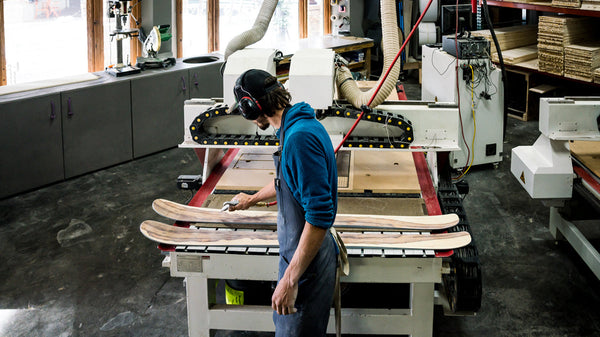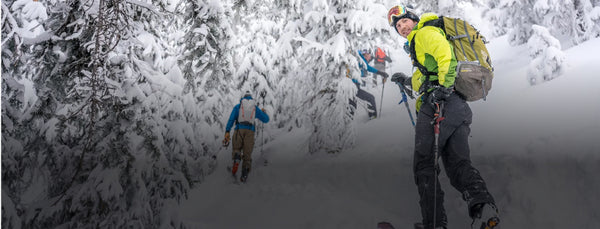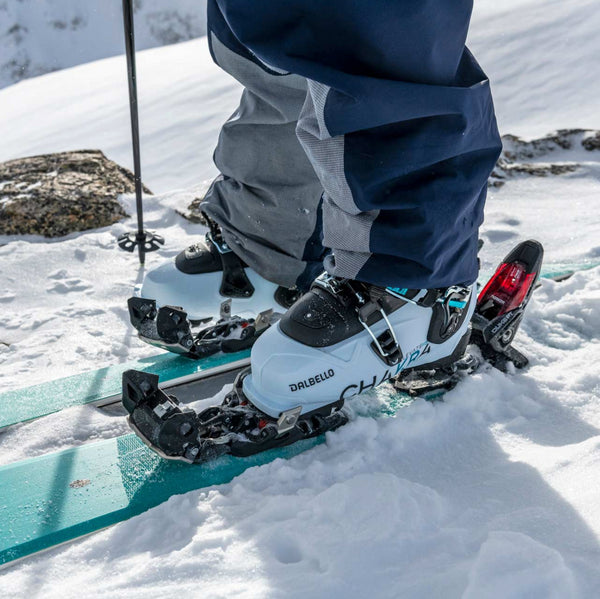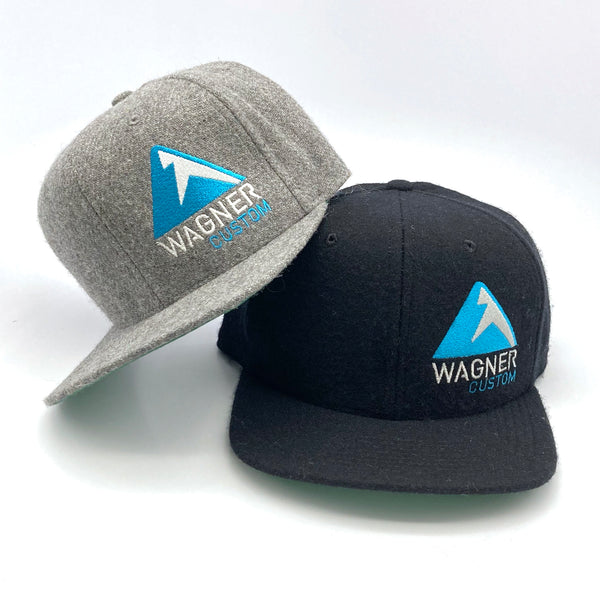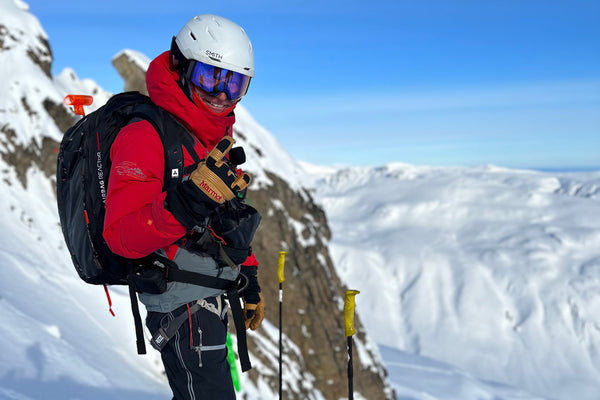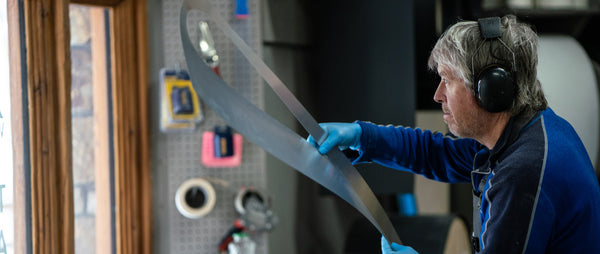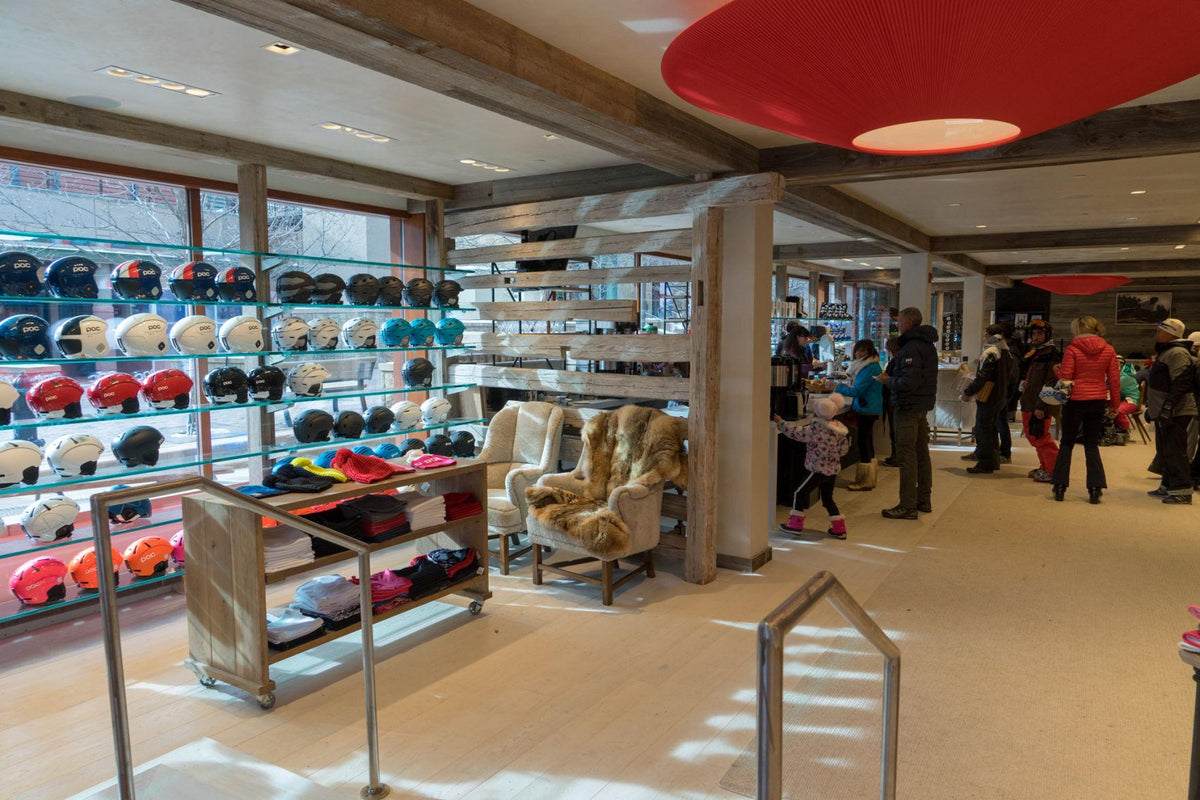
How to Buy (Off-the-Shelf) Skis
When you’re ready to pull the trigger on a new pair of Wagner Customs—or even if you simply must buy something else (don’t do it)—it’s helpful to have some tips on how to shop.
Of course, if you’re going with Wagner Customs, we’ll walk you through the whole process. But just in case you want something else, it’s good to know what retail experts ask their customers.
According to Jared Ettlinger, general manager and ski equipment buyer at Gorsuch Ltd. in Aspen, Colo., the most important thing to be able to communicate is what sort of terrain you like to ski. This will determine the waist-width and category of skis that will best suit you. If you ski the whole mountain and prize versatility, you’ll want an all-mountain ski, whose waist-width will depend a bit on your location (East Coast skis are generally narrower for harder snow, but generally speaking, these skis are anywhere from 85-102 mm wide.) If you like to ski groomers, you’ll want to go narrower into the carving category, and for powder and soft-snow purists, wider into the powder specialists.

Jared Ettlinger (right) and Mike Sladdin pose with one of the skis Wagner made for the movie "Hot Tub Time Machine."
Let’s first tackle this all-mountain category, which is where most advanced to expert skiers land. To figure out the right width, Ettlinger suggests looking at your previous skis and assess what it did well and where it was lacking. Did it float enough in powder? Was it agile enough in bumps? Could it still carve on groomed? Whatever your ski did well, Wagner can mimic; whatever it did poorly, Wagner can adjust. You’ll want to get a ski with enough rocker to float in powder and initiate turns easily, yet not so much that it flaps around on the groomers at speed.
When it comes to materials, your height, weight, ability level, and preference comes into play here. If you’re a heavier skier who likes a damp, stuck-to-the-snow feel, for example, you may want a ski with metal laminates in it. If you’re a smaller skier or like a ski with a lot of pop and rebound, you may want to stick with a wood core with lightweight fiberglass laminates. (Read more about materials here.)

Just some of the many layers that go into a pair of skis.
For groomer skis, you will want mostly camber with perhaps only a touch of rocker, because these skis grip best on hardpack and won’t chatter at speed. You’ll also want a torsionally stiff ski that doesn’t twist side to side, giving the ski greater edge-grip, and a ski with some heft to it, so it stays stable at speed and won’t buck you around in push-piles. (Read more about camber and rocker here.)
When it comes to powder plunderers, flotation is paramount. You’ll want a ski that’s fat underfoot, heavily rockered, wide at the tip, and narrow at the tail. The pintail will sink a little and keep your tips above the snow, and it will also make it easier to throw them sideways when you need to scrub speed.

Victor Major skis some powder.
Once you get your category down, Ettlinger also says he takes a skier’s age, fitness level, and skiing goals into account. Are you a young, fit athlete who wants to send it? Or are you a middle-aged intermediate who just wants to have fun cruising around? Wider skis take more force to angulate, which can put unneeded stress on older joints and make skiing harder. “We’re supposed to be having fun,” he says, speaking of the trend to go wider, even if you spend most of your time on groomed. “Why end up on a ski that’s too much work?”
This, he says, is where Wagner Custom can really help a skier dial in their perfect ski. (Gorsuch sells Wagners, if you prefer to purchase them in person.) “Here in Aspen, we get a lot of moderate skiers who want to ski with Aspen Powder Tours,” a catskiing operation on the back of the resort. “They want something soft, forgiving, buoyant, and easy-turning.” The problem with this, he explains, is that a lot of the off-the-rack powder skis that are wide enough to handle untracked powder are built for more aggressive skiers, and are too demanding for the clients. So Wagner Custom made a fleet especially for this type of skier. “The final product was a win for everyone. It’s not the bro ski; it's a great moderate pow ski that serves these people well. Wagner can really design a ski for the proper needs, hitting the right flex characteristics and the sidecut.”

Victor Major skiing some aspens.
Finally, the last step in the process is figuring out length, which can be a real struggle for some. “It blows my mind that we as an industry can’t do a better job at educating people about what lengths are ideal,” Ettlinger says. “I’m not a proponent of uber short skis—you need the skis for buoyancy and you need stability. I think that’s where we can really help a guest who comes in in-person to build their own custom ski. We’re the ones in the store, so we can really help everyone hone in on the right ski for them.” (Read more about sizing a ski here.)
If you need any other help, schedule a call with one of our ski designers today. Happy shopping!
--
Article by Kimberly Beekman
Kimberly Beekman is the former editor-in-chief of the late, great Skiing Magazine (RIP), and a longtime editor of SKI Magazine before that. She currently uses the title of “freelancer” as a beard to ski powder all over the world. She lives in Steamboat, Colorado, with her wonderful daughter and terrible cat.

